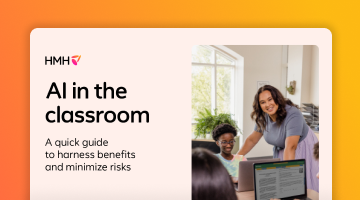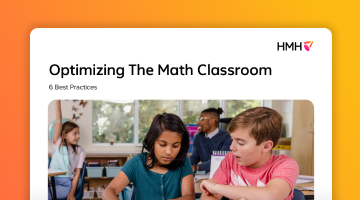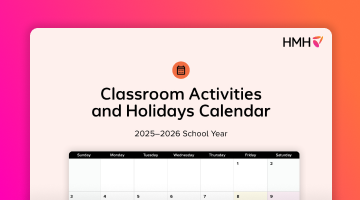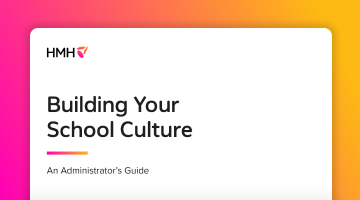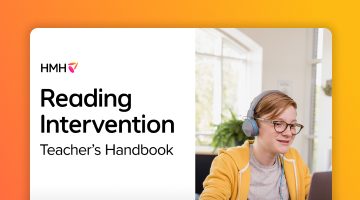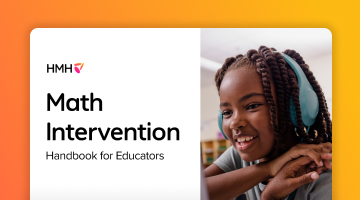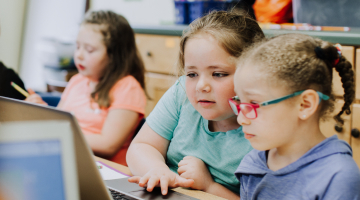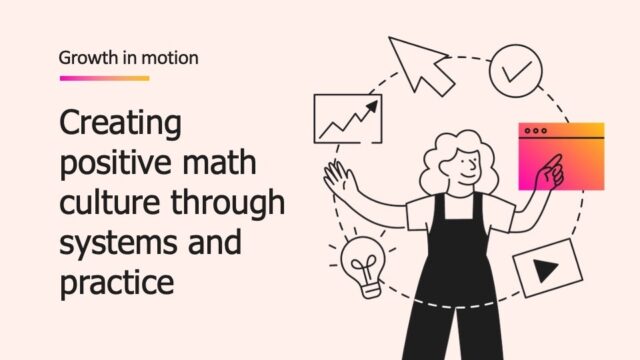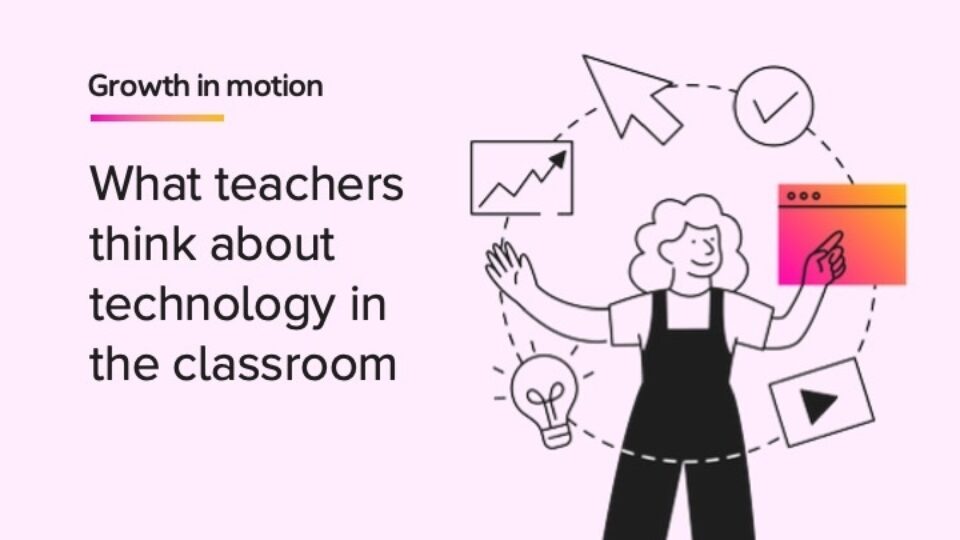
I’ve spent my career at the intersection of education and innovation, from founding tutoring and edtech startups to leading product strategy for adaptive learning programs. And one thing has remained true across every role: when educators have the time and tools to connect with students, great things happen.
That’s why this year’s ECR findings on technology in the classroom are so encouraging. They tell a story of momentum – not just in how widely technology is being used, but in how it stands to help teachers do what they do best.
Let’s start with the big picture:
- Three in four educators say technology is giving them more time to engage with their students.
- Two in three say it bolsters student success.
- Nearly 70% feel confident in their ability to use tech in an instructionally meaningful way.
When asked about the top benefits of using technology in the classroom, teachers named differentiated and personalized learning. Not logistics, not automation, but outcomes focused on students and their individualized growth. That’s a powerful lesson.
When tech is designed thoughtfully and integrated purposefully, it gives teachers back one of their most limited resources: time.
President, Integrated Platform, HMH
We’re hearing it loud and clear: when tech is designed thoughtfully and integrated purposefully, it gives teachers back one of their most limited resources: time. Instead of spending precious minutes (or hours) juggling disconnected systems or administrative demands, educators are using tech to streamline routines, access materials faster, and differentiate instruction more effectively.
But increasing educator optimism doesn’t mean our work is done.
Even in the middle of this good news, teachers told us that while tech is helping, it still comes with challenges. The top concerns? Student distraction and misuse. Loss of human interaction. Feeling overwhelmed by too many tools.
In other words, great tools don’t just need to work; they need to work with and for teachers. When platforms are clunky or disconnected, the burden falls on educators to figure it out. And that’s where confidence can start to erode.
As someone who helps lead the design of tools and systems for teachers, I take these findings as both validation and a call to action. Here’s what I believe we need to do next:
- Design with time in mind. Time is the currency of the classroom. If a tool doesn’t return time to teachers, it’s not working well enough.
- Keep tech teacher-centered. Platforms should adapt to the way teachers teach, not the other way around.
- Invest in real professional learning. Not just tech training, but practical, discipline-specific, curriculum-connected support that helps teachers use tech to enhance high-quality materials and effective instruction.
- Never lose sight of connection. The best technology amplifies what only humans can do: build relationships, spark joy, and personalize learning in ways no algorithm can.
The data this year gives us reason to celebrate – and even more reason to stay focused. Teachers aren’t embracing technology because it’s trendy, but because it's helping them do their jobs better and saving them time they can devote to what they love most: connecting with their students.
***
For more articles on trends in education from experts, subscribe to HMH's LinkedIn newsletter, Policy in Motion.
Get the "Building Your School Culture: An Administrator's Guide" today.

